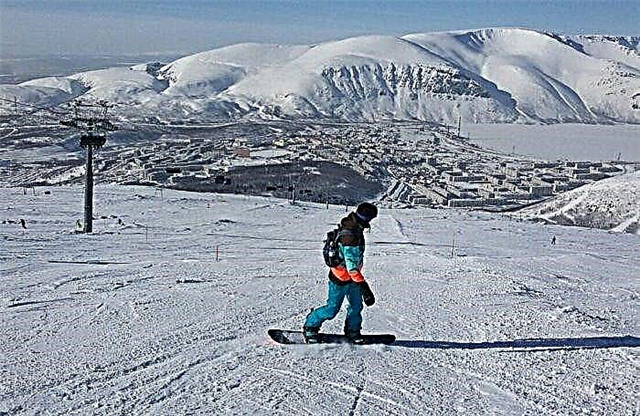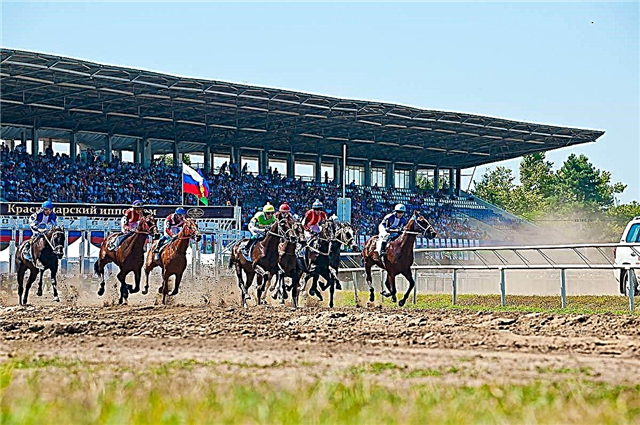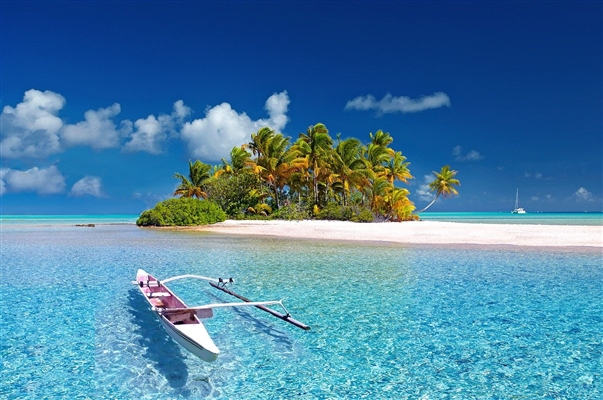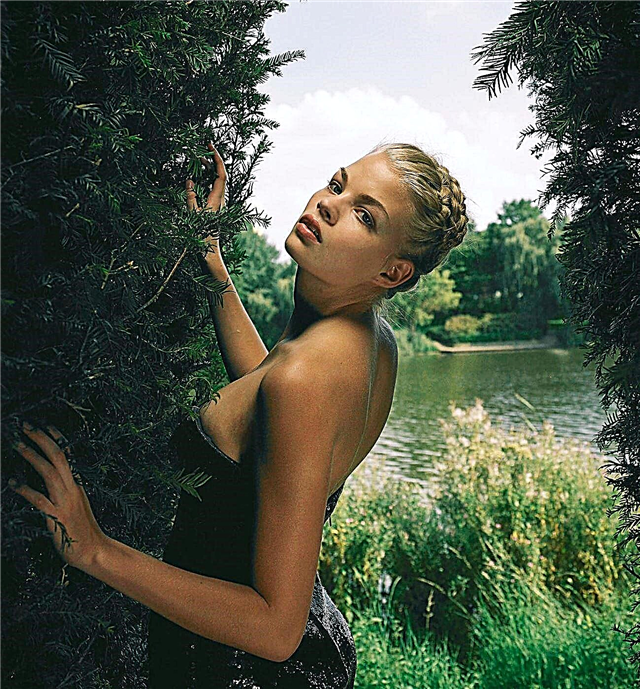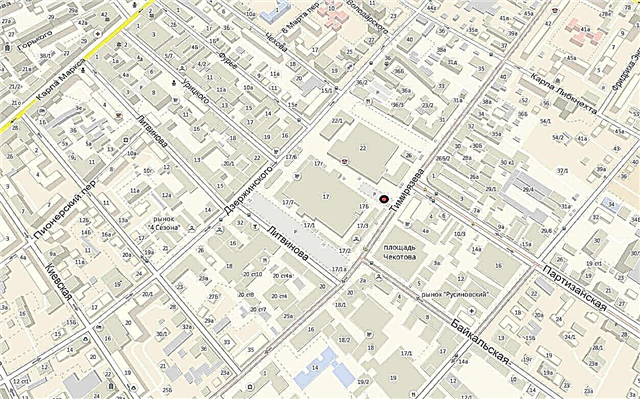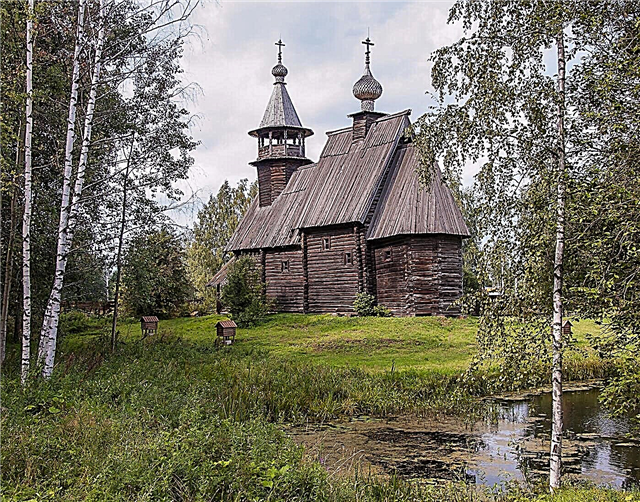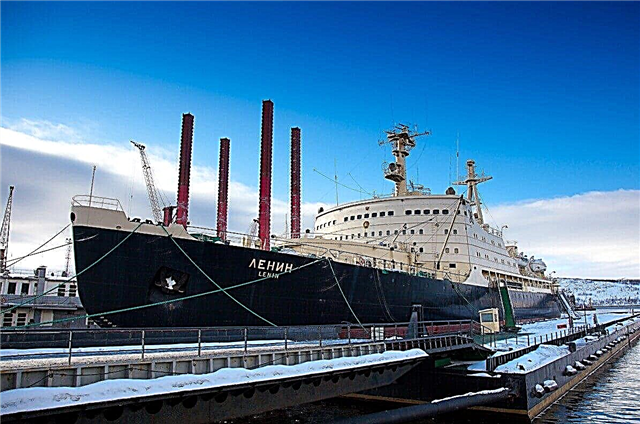The Murmansk region, located on the border with two states at once, knows how to surprise travelers. The majority of the inhabitants know about the north-western region of the country only in general terms. Proximity to Europe, cold climate, access to the sea - such a range of features could not but affect the sights of the territory.
Lovers of natural beauty will find something to do while exploring the bays, nature reserves, tundra and lakes. Much in the region is related to the history of the fleet - this is another tourist destination that attracts guests. The district also lacks local history museums typical for most cities, historical and architectural monuments, as well as local zest that make Murmansk what it is at the moment.
The most interesting and beautiful places in the region
List, photos with names and descriptions of popular attractions!
Kola Bay
Located in the Barents Sea. Cola and Tuloma fall into it. There are several natural islands of varying sizes. The bay is quite narrow and is divided into three bends. Stretches fifty-seven kilometers. The western coast is more gentle, the eastern one is covered with rocks and sharp cliffs. In 2005, the opening of the bridge took place, along which you can cross the Kola Bay by car.
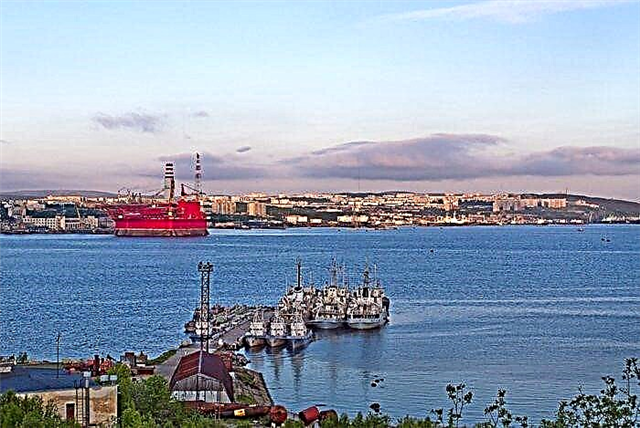
Teriberka
The village was first mentioned in the 16th century, and has had its current status since 1997. The name comes from a nearby river. Tourists come here to admire the natural beauty, the polar night, the Barents Sea, the Arctic Ocean. Climate features make it possible to practice kitesurfing in Teriberka all year round. On the coast, a ship graveyard formed itself. One of the reasons is the almost complete ban on fishing.
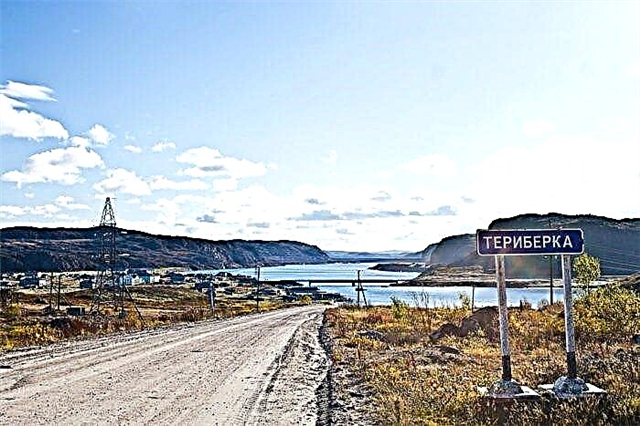
Khibiny
Mountain range and national park located on the Kola Peninsula. It was formed in the Carboniferous period and covers an area of over one thousand three hundred square kilometers. The slopes are steep, there are snowfields and glaciers. Among the plants of the Khibiny, there are many species listed in the Red Book. The highest mountain in the massif is Yudychvumchorr. Its peak is located at a distance of one thousand two hundred meters above sea level.
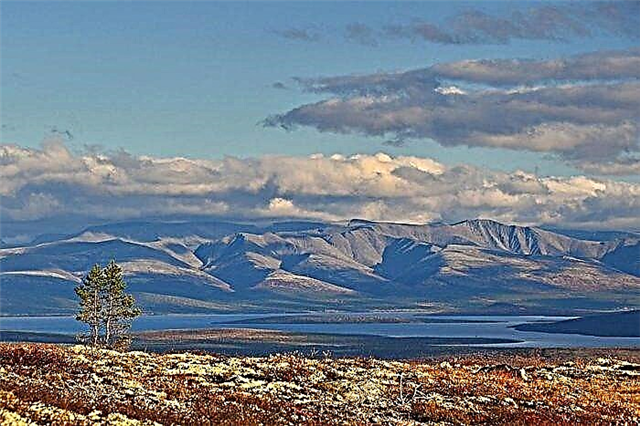
Memorial "Alyosha"
Built in 1974. It is located in Murmansk on the Green Cape hill. Dedicated to the memorial to the heroes who defended the Arctic during the Second World War. "Alyosha" is a figure of a soldier in a helmet and a raincoat-tent with a rifle on his back. The total height of the pedestal and the monument exceeds forty meters. In front of him is an eternal flame, on the side is a pyramid - a symbol of sorrow, a little further - anti-aircraft guns and memorial plates.
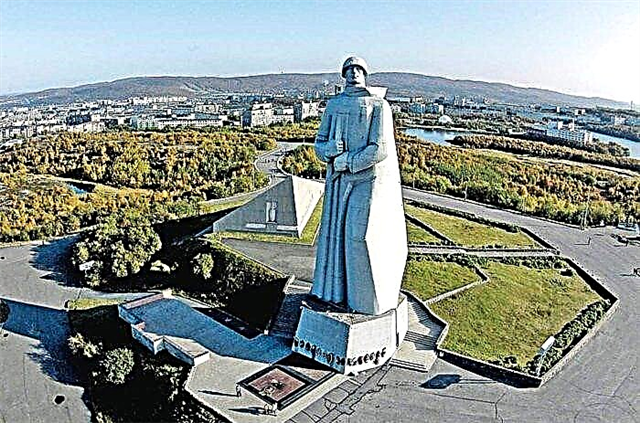
Recommended: The most famous monuments of Murmansk.
Kandalaksha reserve
Founded in 1932. Located on the coast and islands. The area together with the water area exceeds seventy thousand hectares. The main goal of creating the reserve is to preserve several species of birds at once, including the eider. The flora and fauna are diverse, characteristic of the area and numerous, thanks to the special conditions and protection. You can get here as part of an organized group with a guide.

Seidozero
The lake is located on the Kola Peninsula in the Lovozero tundra mountain range. Located at an altitude of about one hundred and ninety meters above sea level. The length is about eight kilometers, the width varies and reaches two and a half kilometers. In addition to its beautiful view, Seydozero is famous for the attention of ufologists, occultists and science fiction writers. To confirm parascientific theories, they organize expeditions to this area.
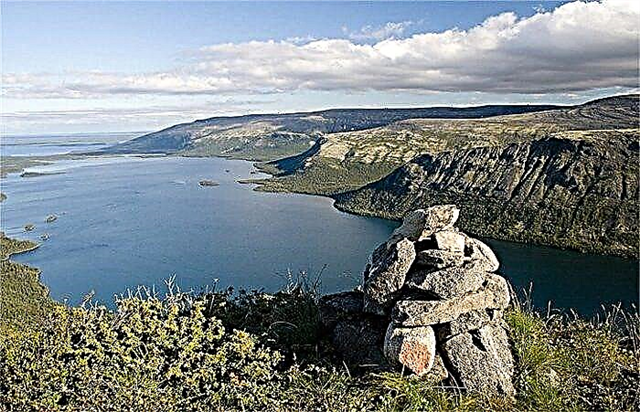
Kola bridge
The project has been in development since the early 90s. Completed and opened in 2005. Its length exceeds one and a half thousand meters. The bridge crossing is a kilometer longer in total. Has four stripes. You can get around both by car and on foot. It is a transport artery, a link, not only with the remote areas of the region, but also the way to neighboring Norway and Finland.
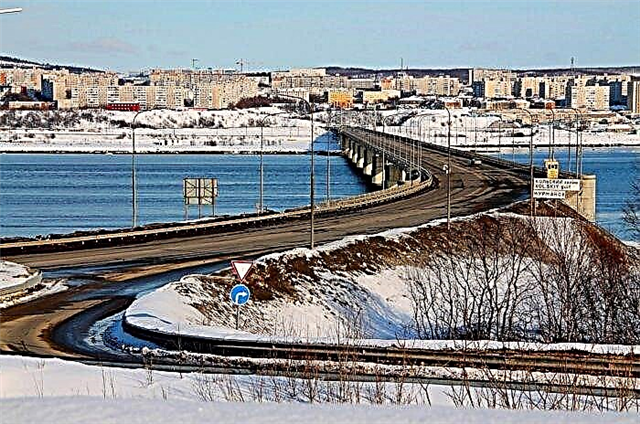
Lapland nature reserve
Founded in 1930. The total area is almost two hundred and eighty thousand hectares. The objectives of the reserve are to preserve the nature of the region in its original form, to prevent the extinction of rare species and excessive human influence. The reindeer is a specially protected animal. Available for eco-tourism, but accompanied by guides and on certain routes.
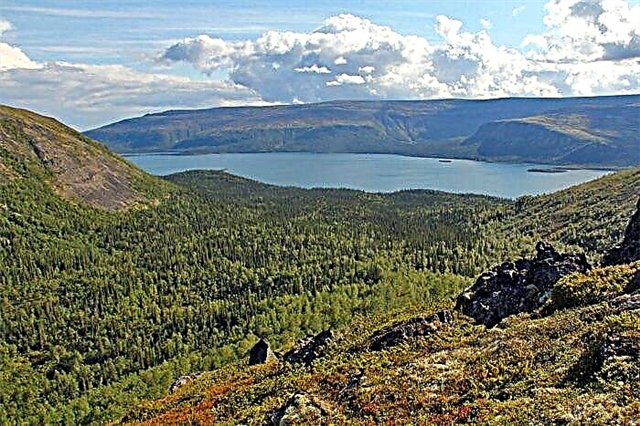
Nuclear icebreaker "Lenin"
Was an active ship from 1957 to 1989. Served the Northern Sea Route. For the first time in history, a nuclear reactor for surface ships was installed on "Lenin". Standing at an eternal stop in Murmansk, the icebreaker has turned into a museum. Its exposition is dedicated to both the past of the ship itself and the fleet as a whole. The collection of rarities is constantly growing, and the subject matter is expanding.
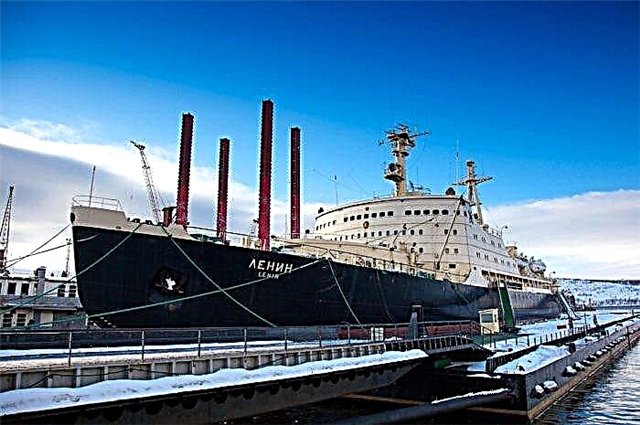
Kola superdeep well
Mining, entered in the Guinness Book of Records, as the deepest human immersion in our planet. The well is over twelve thousand meters deep. At the beginning of the 90s, the project was frozen. The entire research center was mothballed. The gradual natural destruction of objects is a natural process. The well is in a deplorable state, but it can be restored.

Kanozero petroglyphs
Discovered in 1997. Rock carvings are located on the Kanozero islands: Gorelom, Elovy, Kamenny. More than a thousand drawings have been found in total. They are dated to the III-II millennium BC. They began to seriously protect petroglyphs from vandals and tourists only in the early 2000s. First, a museum was opened nearby, and in 2014 the images were covered with a transparent dome to prevent destruction.
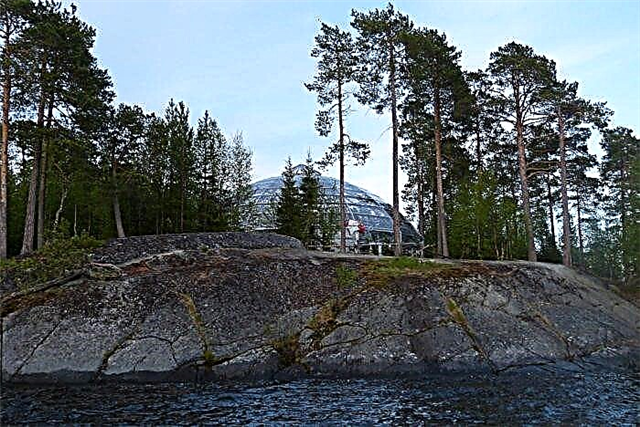
Natural Park "Peninsula Sredny and Rybachiy"
The total area is over eighty thousand hectares. It is a specially protected area. The main goals are the preservation of rare species, the ecology of the region, objects of the Second World War. When visiting a nature park, a number of rules of conduct must be followed. Groups must obtain permission. Parking outside specially designated areas is prohibited. Other activities are also regulated and limited.
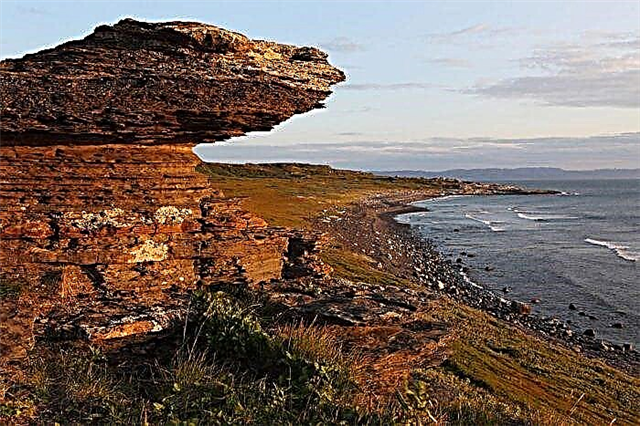
Svyatonos lighthouse
Built in 1862. Located on Cape Holy Nose. The lighting system was constantly changing. In the late 30s, electricity appeared at the lighthouse. Now the equipment inside the rare building is the most modern. Its light extends eight miles. The lighthouse operates with direct functions, while it is part of the cultural and historical heritage of the region.
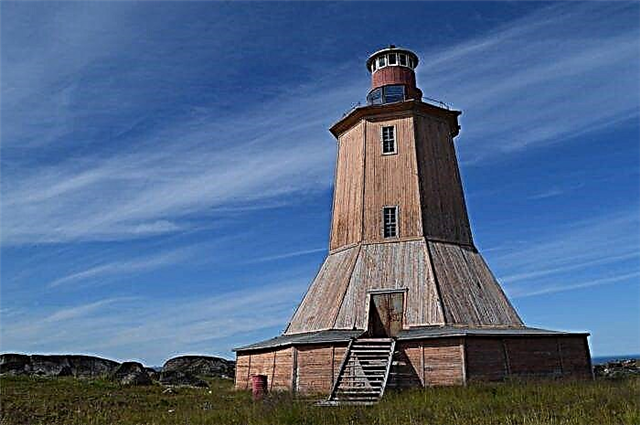
Cape Amethyst Ship
Founded in 1986. Located on the Kola Peninsula in the Tersk region. The natural monument is under protection, human activities are limited here, although visiting the cape is not prohibited. Local amethyst vein, fully developed, but of historical significance. For example, it was used by the Pomors in the 16th century. In addition, the territory is picturesque, the proximity of the sea makes it attractive for tourists.

Kuzomenskie sands
The massif belongs to the type of loosely fixed sands and in fact is not a desert. A popular destination for lovers of dune riding on various vehicles. The territory stretches for thirteen kilometers along the coast. Due to a number of factors, including human activities, the area of the Kuzomenskie sands is expanding. Work is currently underway to prevent this.
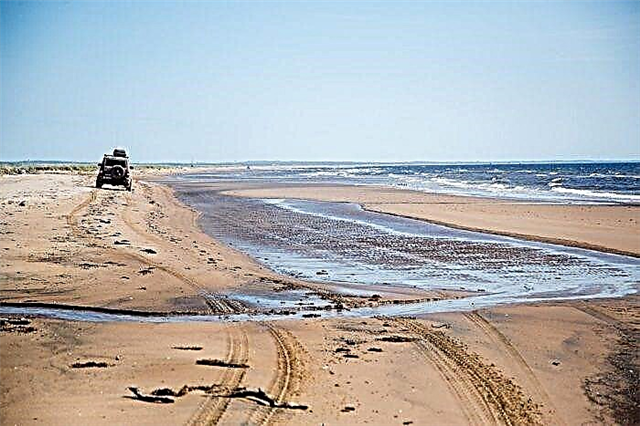
Seydy
Located near the village of Tumanny. Huge boulders of bizarre shape in the past had ritual significance. Probably the reason for their appearance was the melting of glaciers. When the water disappeared, the stones took their present position and became objects of worship of ancient peoples. Now seids are popular for photo shoots, they also walk next to them in order to be saturated with a special energy.
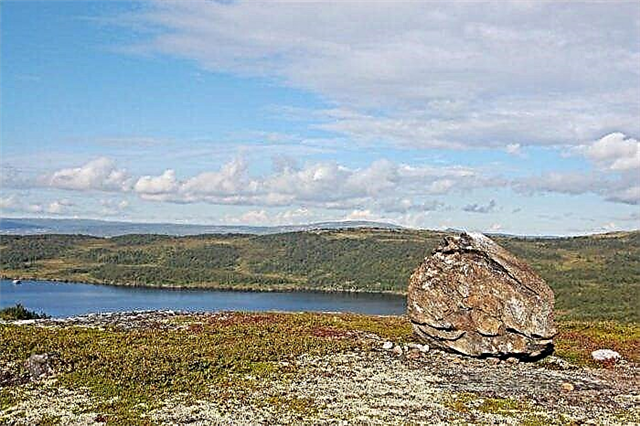
Murmansk labyrinth
Located at the top of the hill. The stones are laid out in a circle inside. They are quite small. Upon closer inspection, it is clear that they are not firmly installed, while the winds do not carry parts of the structure around. The paths inside are not overgrown. There are individual trees around, and boulders are also nearby, and the place looks picturesque. It offers panoramic views of the valley.

Polar-Alpine Botanical Garden-Institute
Founded in 1931. The northernmost institution of this type in Russia, and one of the three botanical gardens in the world, located in the Arctic Circle. The total area exceeds one and a half thousand hectares, most of it is protected. Here, research work is carried out, plants are adapted to new climatic conditions, the flora of the north is studied, and educational excursions are also conducted.
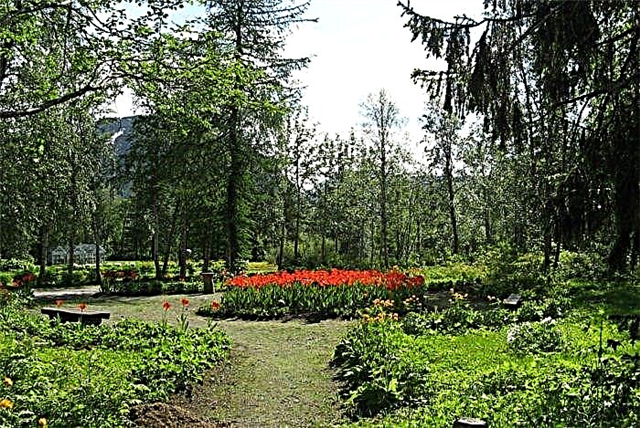
Semyonovskoe lake
Located in the north of Murmansk. Named after the fisherman. The area is about twenty hectares. Life around the lake is in full swing all year round. Nearby are: the "Alyosha" memorial, the children's center for the development of creativity, the oceanarium, the "walrus" society. In the summer, a fountain is turned on, a boat station and an amusement park are launched. Tourists also come to see en Baraniy lom - a local natural monument.

Lovozero tundra
Located on the Kola Peninsula between Umbozero and Lovozero. Mount Angvundaschorr is the highest in the entire massif. Its height is over one thousand hundred meters. There is no vegetation at all on the flat tops. But the lower part of the sloping slopes is covered with dense coniferous forests. Seydozero is located in the center of the Lovozero tundra. The area is surrounded by legends and beliefs.
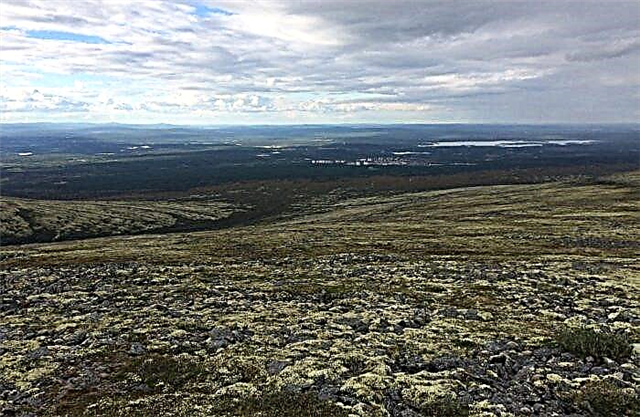
The village of Varzuga
It was first mentioned in 1466. Belongs to the Tersk region. Located on both banks of the Varzuga. The main attractions of the territory are wooden churches. Uspenskaya was built in 1674. There was a break in services, but now the church is functioning again. Afanasyevskaya is older and also works. Petropavlovskaya was consecrated in 1864, now it opens only on Orthodox holidays.
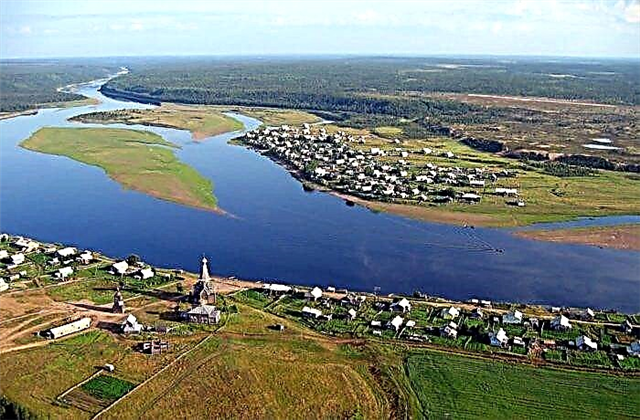
Amazonites of the Parusnaya mountain
Natural monument. The status was received in 1980. One hectare was under protection. The height of the mountain is more than three hundred and sixty meters. The place is unique because of its structure and the structure of the Amazonites themselves, mined in the territory. In addition, other minerals are found here, albeit to a much lesser extent. The field in the Murmansk region is one of the two largest in Russia.
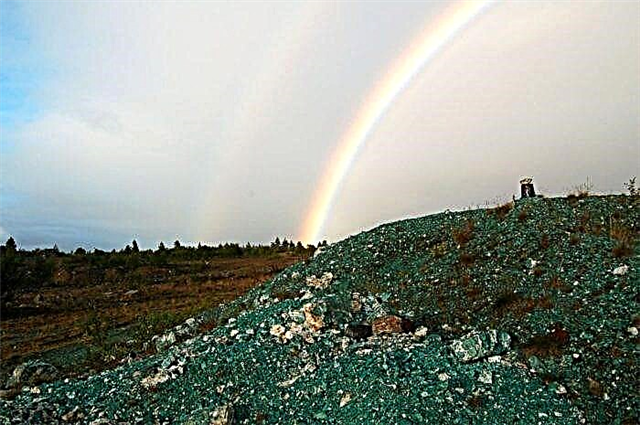
Waterfall Mill Cascade
Located on Titovka. Previously, the river was called Kitovka because of the fishing that existed at its mouth. The mountain river has a fast current, cool waters and many rapids. There has never been a mill on the site of the waterfall, and the ruins harmoniously inscribed in the landscape are the remains of a hydroelectric power station. Tourists come here for a walk, as well as to observe the trout that jumps out of the water during spawning.
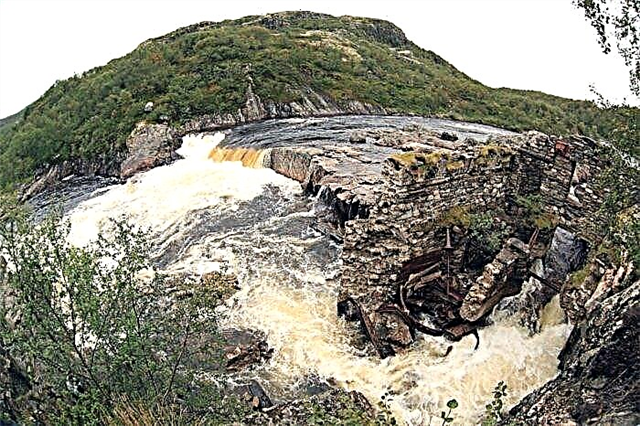
Memorial lighthouse in Murmansk
Opened in 2002. The six-sided structure rises almost eighteen meters. The first floor is reserved for a museum. There are memorial plaques on the walls. Books of memory are being kept. Nearby is an anchor, and under it is a capsule with sea water. In 2009, a part of the cabin of the Kursk submarine was immediately installed. It became a dedication to submariners who died in peacetime.
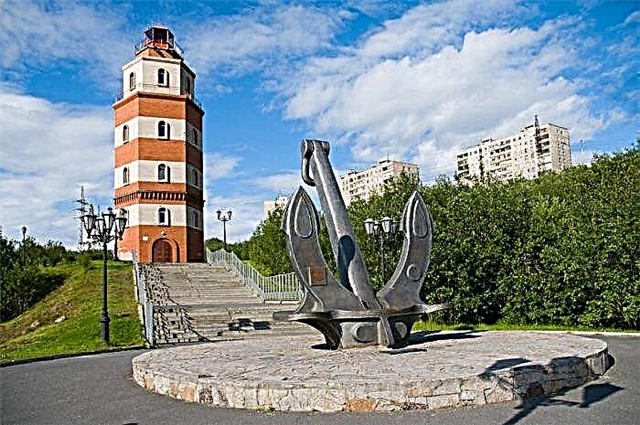
Northern Fleet Air Force Museum
Founded in 1976 in the village of Safonovo. There are three museum halls: wartime, postwar period, hall of memory. The exposition consists of photographs, documents, personal belongings of pilots, aviation equipment. In 1983, the Gagarin Museum was opened nearby. The space for him was the cosmonaut's house, which he occupied in the Arctic during his service. Inside, the atmosphere was recreated, stands dedicated to Gagarin were made and so on.
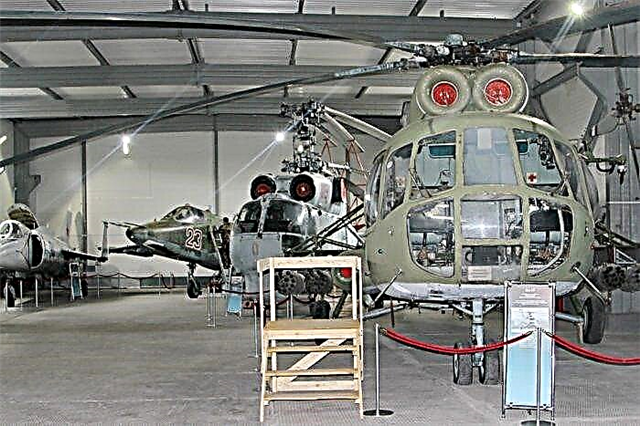
Museum of the History of the Murmansk Shipping Company
Opened in 1977. The exposition consists of collections of documents, maps, photographs, portraits of captains, instruments for sailing from different years and much more. In three halls rarities are exhibited, according to themes: transport and ice fleets, nuclear fleet and a diorama dedicated to the development of the Northern Sea Route. Separate collections are dedicated to the nature of the Arctic, ship models and so on.

Museum and Exhibition Center "Apatite"
Founded in 1932. Located in Kirovsk. Important exhibits are minerals collected and mined in the Murmansk region. There are also "guests" from other countries, exhibited in the neighboring exhibition halls. The exhibition center hosts seminars, thematic events, premises temporarily host other exhibitions, although rarely. Excursions are designed for any age of tourists.

Nikolskaya wooden church in Kovda
Built in 1705. It bears the name of St. Nicholas the Wonderworker. It is a monument of wooden architecture. There is a bell tower, and the church building is surrounded by a fence. Closed in the 60s of the last century. Since 1991, it has been formally undergoing restoration, although oddities and stoppages constantly occur with the work. It was declared a monument of the cultural heritage of the peoples of Russia.
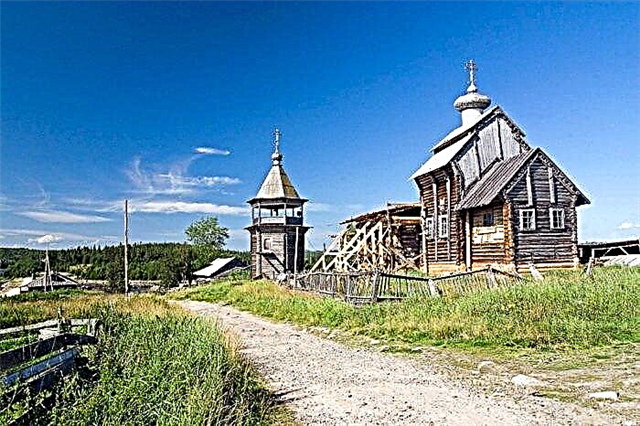
Abandoned railway station in Kirovsk
It operated from 1939 to 1996. The appearance of a new railway line also required the construction of a station. When the need for it disappeared, the station also disappeared into oblivion. Part of the roadway was dismantled, the same fate befell the contact network. The station building was a landmark given its size and facilities. Now it is in decline, has gone through looting and fire.

Ski resort "Bolshoy Vudyavr"
It is located on the slopes of the Aikuayvenchorr mountain. Trails of varying difficulty are suitable for both those who first started skiing and for professionals. More than half of them are illuminated at night. The total length of the slopes is twenty-five kilometers. There is an equipment rental service, a cable car, you can hire an instructor. There are luggage storage facilities and a café with panoramic views on site.
